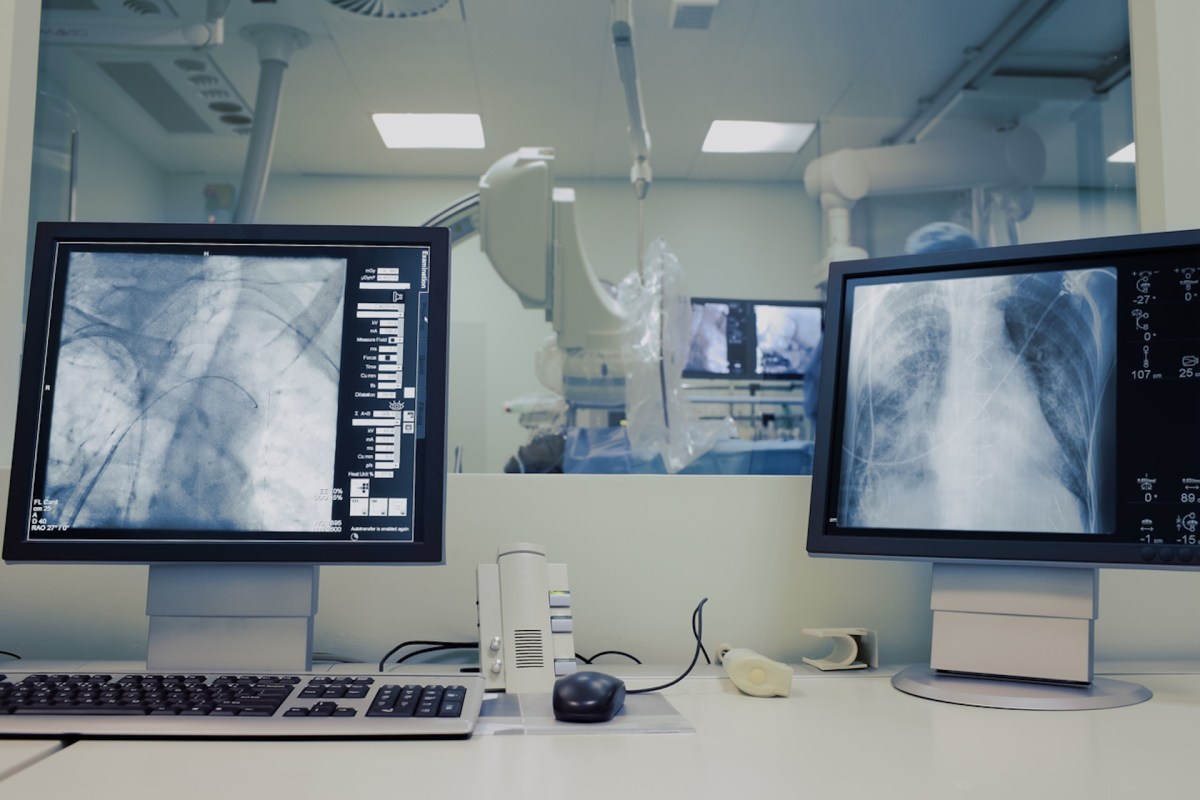Microplastics are an alarming topic. Researchers estimate there are 170 trillion pieces of plastic in the ocean, most of them tiny fragments that end up in drinking water, raindrops, and inside human bodies.
Now, researchers have found that we're not just drinking microplastics — we're also inhaling them, Live Science reported.
What's happening?
Microplastics are small fragments broken off from larger plastic items, each one less than 0.2 inches across. This form of pollution has been spreading for decades, and researchers have found them in even the most remote parts of the world.
In 2019, a study found that people are inhaling an average of about 16.2 bits of microplastics per hour, according to Live Science. Continuing research has been directed at finding where those microplastics go.
"For the first time, in 2022, studies found microplastics deep in human airways, which raises the concern of serious respiratory health hazards," said the study's first author, Mohammad S. Islam, in a statement.
To determine where the microplastics went in more detail, researchers created computer models of human lungs. They tested different breathing rates and different shapes of microplastics to determine where objects would come to rest.
What they found was that the larger microplastics were the most likely to get stuck, and they tended to collect in the nose and the back of the throat, Live Science reported.
Why does it matter if we inhale microplastics?
While research on the health effects of microplastics is only starting to pick up, early findings show that they kill human cells and carry diseases into the body, Live Science revealed. In mice, they also reduced fertility and caused bowel inflammation.
We may not have all the information about what microplastics do to the human body, but so far the picture isn't pretty.
What can be done about microplastics in the human body?
For now, researchers are working on more sophisticated models to try to get more information, taking factors like moisture into account, Live Science said.
Other teams are hard at work finding ways to clean microplastics from the environment to reduce our exposure.
You can help reduce the amount of plastic entering the environment by choosing reusable products instead of disposable plastic whenever possible and recycling any items you can't avoid.
Join our free newsletter for weekly updates on the coolest innovations improving our lives and saving our planet.









